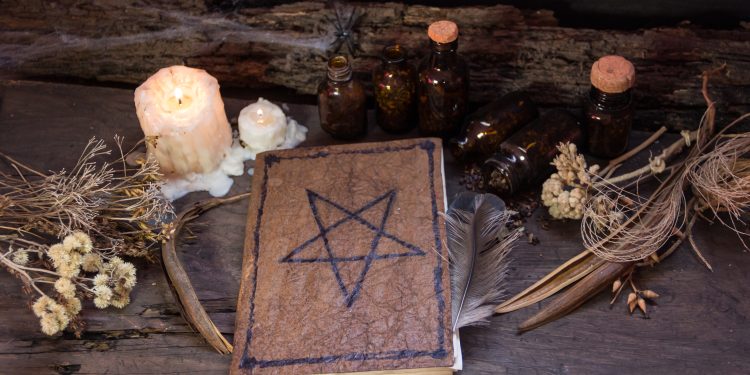Explore the fascinating connection between ancient rituals and modern science as we uncover the logic behind six historical superstitions. Learn how our ancestors’ beliefs in magic and mysticism have shaped our understanding of the natural world and influenced the development of scientific thought.
The Enigmatic Dance of Belief and Reason
Superstitions have been woven into the fabric of human culture for millennia, guiding our ancestors’ actions and beliefs in profound and puzzling ways. As modern science continues to unravel the mysteries of the natural world, the once unexplainable now often finds itself grounded in rational understanding. Join us as we delve into the intriguing interplay of superstition and science, exploring six historical rituals and their modern explanations.
-
Solar and Lunar Eclipses: Celestial Omens or Natural Phenomena?
For centuries, solar and lunar eclipses were viewed as ominous portents by many ancient civilizations. These celestial events inspired fear, awe, and elaborate rituals designed to appease the gods and ensure the safety of the community. Today, we understand that eclipses are natural occurrences caused by the alignment of the sun, moon, and Earth. The fascination with these phenomena, however, remains as strong as ever, providing a glimpse into the enduring power of superstition.
-
Rainmaking Rituals: The Science of Weather and Agriculture
From Native American rain dances to ancient Roman offerings to the gods, cultures across the globe have engaged in rituals to ensure favorable weather conditions for agriculture. Modern science has helped us understand the complex mechanisms behind weather patterns and the importance of environmental stewardship. Despite this knowledge, many communities continue to practice rainmaking rituals, reflecting the deep connection between human culture, the natural world, and the power of belief.
-
Evil Eye Protection: Ancient Talismans and the Psychology of Fear
The belief in the evil eye – the idea that a malevolent gaze could bring misfortune or harm – has persisted for thousands of years. Protective amulets and rituals to ward off the evil eye have been employed by numerous cultures, with the blue “nazar” charm being a particularly recognizable symbol. Modern psychology offers insights into the power of belief and the role of fear in shaping human behavior, shedding light on the enduring nature of these ancient superstitions.
-
Bloodletting and Leeches: Ancient Medicine Meets Modern Science
The practice of bloodletting – the removal of blood to treat various ailments – has a long and storied history. From ancient Egyptian and Greek physicians to medieval barbers, medical practitioners once believed that bloodletting could restore balance to the body and promote healing. Although largely discredited by modern medicine, the use of leeches in certain medical procedures has experienced a resurgence, offering a fascinating example of how ancient practices can find new life through scientific understanding.
-
Knocking on Wood: A Superstition Rooted in Ancient Beliefs
The act of knocking on wood to prevent misfortune or ensure good luck has its roots in ancient beliefs surrounding the protective powers of trees and the spirits residing within them. Modern anthropology and the study of folklore provide insights into the origins and continued popularity of this seemingly innocuous superstition, demonstrating how deeply ingrained beliefs can persist across generations.
-
Broken Mirrors and Bad Luck: The Origins of a Timeless Superstition
The superstition that breaking a mirror brings seven years of bad luck can be traced back to ancient Rome, where it was believed that one’s reflection represented their soul. Early Romans thought that a broken mirror would result in the fragmentation of the soul, and the seven-year duration of bad luck was linked to the Roman belief in a seven-year cycle of regeneration. Modern psychology and the study of folklore help us understand the enduring nature of this superstition, as well as the role of mirrors in the human psyche.
The Enduring Allure of Superstition and Science
The interplay between superstition and science provides a fascinating lens through which to explore human history and culture. As we continue to uncover the scientific explanations behind ancient rituals and beliefs, we are reminded of the complex, ever-evolving relationship between the mysteries of the natural world and our desire to make sense of them. From celestial events to medical practices, the enduring power of superstition serves as a testament to the human imagination and our capacity for wonder.











